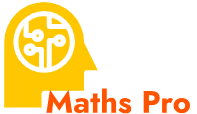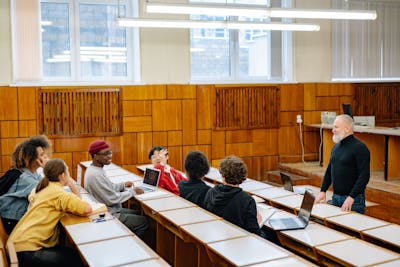Leveraging NVivo for Educational Research and Student Experience Analysis
Education is essential for the future. To help students learn better, one needs to understand how they feel about their learning. Schools and researchers collect information through student surveys, focus groups, teacher interviews, and classroom observations. Trying to sift through all this information can be overwhelming. That is where NVivo for educational research comes in. NVivo is a tool that helps schools find meaning in data, identify patterns, and make better decisions to improve student learning and outcomes.
How NVivo Supports Schools in Analyzing Student Survey and Focus Group Data
Many schools gather data from student surveys, focus groups, and teacher interviews. These techniques allow a school to understand how students feel, how classrooms function, and how effective teachers are in teaching. Tendencies are that making sense of all these data can be very difficult and consume much time. NVivo helps organize, code, and analyze data.
Using NVivo to analyze student survey responses or answers to focus groups helps group those answers into student engagement, classroom environment, and teaching quality. With this categorization, the teachers and school leaders find the patterns that emerge in responses, like whether the students feel supported or whether classroom management challenges the process. NVivo allows extensive data to be more easily visualized and understood.
By using NVivo, schools can determine what is working in the classrooms and where improvements are needed. This ensures that students’ voices are heard and their needs are met.
Supporting Research about Education: Finding Areas to Improve and Giving Feedback to Teachers
NVivo also excels in supporting educational research, mainly in analyzing teacher feedback to find areas for improvement. Teachers can give valuable feedback regarding classroom practices, student participation, and teaching methods. NVivo helps schools organize and code this feedback into themes like “teaching strategies,” “student participation,” and “curriculum effectiveness.”
A school, for example, might use NVivo to analyze feedback from interviews with teachers or observations in the classroom; it would present themes in common: where there was a struggle with new ways of teaching, a desire for more teacher training, or how healthy technology that is available in classrooms was working. From that, school leaders can determine where to allocate resources: giving teachers more training or putting new tools into their teaching repertoire.
NVivo also allows schools to analyze teacher survey and focus group data. Teachers’ responses may show the school climate, what kind of professional development they require, and how staff can improve teamwork. NVivo caters to all these needs to ensure that the school addresses the needs of teachers and, in essence, creates a better environment for students.
Analyzing Academic Performance to Understand Student Outcomes Trends
NVivo is also useful when one intends to view academic performance data and identify trends in student outcomes. Combining survey and interview data with academic results gives school leaders a full view of how students are faring.
For instance, a school might want to discover why some students are doing better or worse than others. NVivo analyzes student surveys, interviews with teachers, and focus group responses to find out why. It could show things like student motivation, student engagement level, and the barriers to learning faced by students. Using this information, school leaders can change a few things that will help students perform better.
Case Studies: How Schools Use NVivo to Improve Strategies and Policies
Several schools have already used NVivo to improve educational strategies and school policies. Here are a few examples:
Case Study 1: Increasing Student Engagement in a High School
One of the high schools used NVivo to view student feedback after conducting surveys and focus groups to find out what affects student engagement. The data collected showed that students feel bored in some subjects due to old teaching methods and a lack of interactive activities. Based on these findings, the school incorporated more interactive lessons, incorporated technology, and supported teachers with extra training. To that effect, students are engaged, and their academic achievement improves.
Case Study 2: Increasing the Teacher Professional Development in an Elementary School.
A primary school used NVivo to analyze teacher feedback from interviews and a survey about their training needs. The data showed that teachers wanted more training on classroom technologies and teaching methodologies. Using that information, the school was able to design targeted workshops that helped teachers improve their practice, make them happy, and improve student results.
Case Study 3: Understanding School Climate and Student Well-being
One school district used NVivo to analyze student surveys, parent focus groups, and teacher interviews to seek to understand the climate in schools and the well-being of students. Their findings suggested bullying concerns and concerns with students around issues of mental health. They then initiated anti-bullying programs, increased the number of counsellors, and worked on creating a better school environment. The results showed happier students with more academic success.
Want to enhance experiences for your students and improve academic outcomes?
NVivo for educational research: This solution allows schools to analyze data from surveys, focus groups, teacher interviews, and classroom observations. By finding patterns in understanding student experiences, NVivo can help schools make informed decisions about improving student learning and building the best school environment
Whether you need help with student engagement, academic performance, or teacher feedback, NVivo can help. Contact us today to learn more about how NVivo can enhance your school’s student experience.

